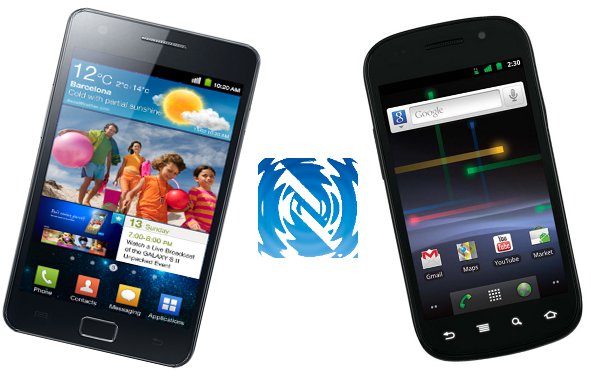The NFC Forum announced the release of the 16th specification of Near Field communication (NFC) dealing with the Simple NDEF Exchange Protocol (SNEP). NDEF stands for NFC Data Exchange Format. This data format has been described in an earlier specification released in 2006. SNEP is an extension of NDEF and defines protocol suitable for peer-to peer communication between two NFC-enabled devices.

Previously, NDEF was applicable only to NFC tags in reader/writer mode. Now, SNEP enables the use of the openly standardized NDEF in peer-to-peer mode, making seamless interchange of data a reality. Application developers no longer need to concern themselves with how their NDEF data gets transferred between NFC-enabled devices. By providing this capability, the SNEP specification makes the difference between reader-writer and peer-to-peer operation modes disappear.
SNEP Use Cases
Here are two examples of potential applications for NFC technology developed with the new SNEP specification:
- Simplified transfer of contact information – one person’s phone can be configured to automatically send business card information when an NFC peer-to-peer connection is established. The recipient doesn’t have to do anything other than to accept the business card and allow it to be entered into his phone book.
- Collecting movie posters for later use – a consumer can retrieve and store movie posters with NFC tags onto an NFC-enabled phone while just passing by. Back home, the consumer can display the movie information on a flat-screen TV and navigate to the films’ web pages, simply by tapping the phone to an NFC-enabled TV remote control.
SNEP Technical Information
SNEP allows an application on an NFC-enabled device to exchange NDEF messages with another NFC-enabled device when operating in peer-to-peer mode. The protocol makes use of the NFC Logical Link Control Protocol (LLCP) connection-oriented transport mode to provide a reliable data exchange.
SNEP is a request/response protocol. A SNEP client application sends a request to a SNEP server application to either retrieve data from the server with a GET method or push data to the server using the PUT method. The protocol handles segmentation and reassembly of large messages as well as early cancellation of transfers that would exhaust receiving capabilities.
Beyond the protocol definition, the SNEP specification defines a default server that is available as a well-known service on an NFC-enabled device. This default server functions as a simple Inbox that applies locally defined processing to received NDEF messages. An NFC-enabled personal computer could, for example, open the web page that is provided in a Smart Poster NDEF message sent from an NFC-enabled mobile phone.
Both the new SNEP and the NDEF specifications can be downloaded free of charge at http://www.nfc-forum.org/specs/spec_license. Simply enter you email address, and select NFC Data Exchange Format (NDEF) Technical Specification and NFC Simple NDEF Exchange Protocol Specification in the Data Exchange Format Technical Specification section.

Jean-Luc started CNX Software in 2010 as a part-time endeavor, before quitting his job as a software engineering manager, and starting to write daily news, and reviews full time later in 2011.
Support CNX Software! Donate via cryptocurrencies, become a Patron on Patreon, or purchase goods on Amazon or Aliexpress




